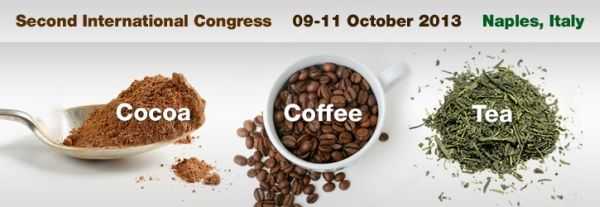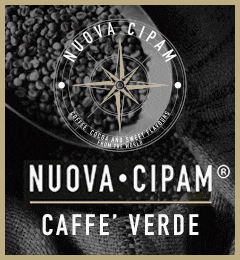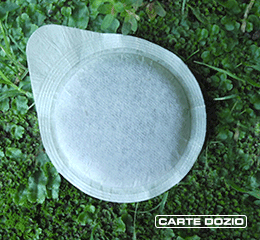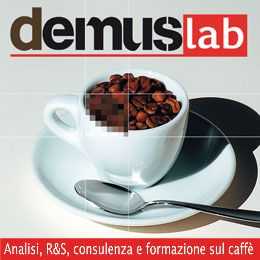Condividi con noi le tue storie legate al caffè scrivendo a direzione@comunicaffe.it.
Baeza G., Martínez-López S., Sarriá B., Mateos R., Bravo L.Department of Metabolism and Nutrition,Institute of Food Science, Technology and Nutrition (ICTAN), Spanish National Research Council (CSIC), Madrid, Spain. E-mail: gbaeza@ictan.csic.es
Consumption of beverages is important to maintain correct hydration and a common practice in many cultures. Some beverages are prepared from medicinal plants and others consumed as stimulants or for their nice taste. In most cases, they are prepared from plants rich in antioxidant compounds and thus beverages constitute an easy way to consume natural antioxidants and maintain a healthy antioxidant status.
The aim of this work was to characterize the polyphenol content and antioxidant capacity of some traditionally consumed infusionssuch as camomile tea (Matricaria chamomile), yerba mate(Ilex paraguariensis),a green coffee blend (50% green coffee and 50% roasted coffee), and other coffee substitutes such as chicory coffee (Cichoriumintybus), malt (Hordeumvulgare) infusion, or a soluble cereals tea mix (Eko®).
Polyphenolic content was determined by Folin-Ciocalteau method and major polyphenols analysed by HPLC-DAD in some samples. The antioxidant capacity was analysedby the ferricreducing power (FRAP) assay and the ABTS and ORAC methods to determinefree radicals scavenging capacity.
Results show thatthe content in polyphenols was higher in the green blend coffee, followed by yerba mate infusion. The main phenolic compounds in these beverages were hydroxicinnamic acids (caffeoylquinic acids and 3,5-dicaffeoylquinic acid). On the contrary, malt and camomile tea infusions had the lowestpolyphenol concentration.
These results are in agreement with the antioxidant capacity,where malt infusion showed the lowest antioxidant activity and greenblend coffee the highest.Conversely, camomile tea presented a greater free radical scavenging capacity thanchicory coffee andEko®, in spite of the later infusions having a higherphenolic content.
Antioxidant capacity was slightly different among thefour commercial brands of yerba mate studied.However, when these values were normalized fortheir phenolic content, the four commercial brands showed similar antioxidant activity.
It is concludedthatgreen blend coffee and yerba mate infusions were the beverages richer in phenolic compounds and accordingly they presented a higherantioxidant capacity thanchicory coffee, camomile tea, and the cereal coffee substitutes. Therefore, regular consumptionof these infusions within a balanced diet may contribute to prevent oxidative stress related diseases.
Funded by AGL2010-18269 and CSD2007-00063.















